Mooring and anchoring techniques have gone hand in hand with navigation history from the very beginning. The existence of anchoring elements since men started fishing, when our ancestors lived in caves, has been proven through different paintings and petroglyphs. Discover the fascinating history of mooring and its evolution to the present day.
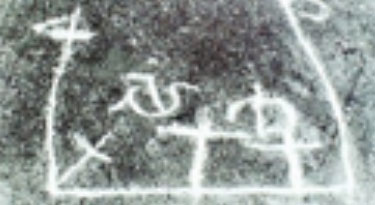
Petroglyphs
There are petroglyphs showing small ships where you can see the rudder and what is considered to be an anchor.
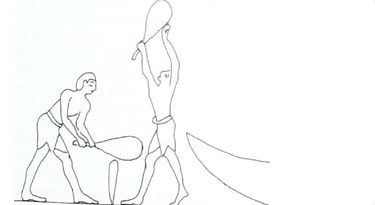
Ancient Egypt
In hieroglyphics you can see the way in which rocks were stuck into sand, acting thus as primitive bollards for mooring ships.
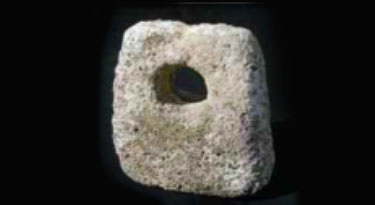
Dead weights used during the Middle Ages
Stone baskets gave way to sharp prism-shaped stones with a hole to pass through the rope eye. The shift from stone to wood improved mechanical function in the bottom of the sea.
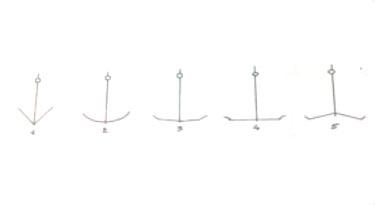
Evolution of anchors
Anchor design in the Mediterranean changed slightly from 7th century BC (1) through the Roman Empire (2 and 3) until the Arabic era in the 15th century (4 and 5).
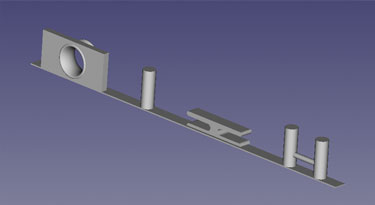
Specialized mooring supports
Hawses, single bollards, cleats and double bollards are some of the usual mooring systems used in current port facilities.
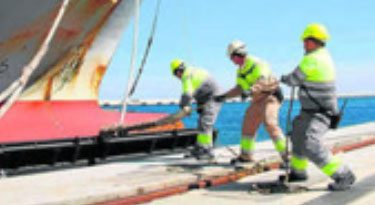
Qualification of boatmen profession
2016 was the year when the minimum requirements for ship mooring personnel were unified on a global scale.
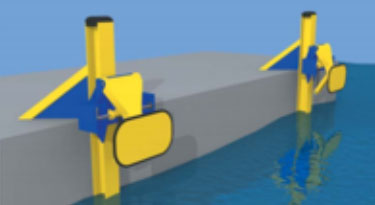
New mooring techniques
Automation of the mooring process is a new field in maritime technology. Advanced mooring systems without hawsers offer profitability for the most competitive ports.
